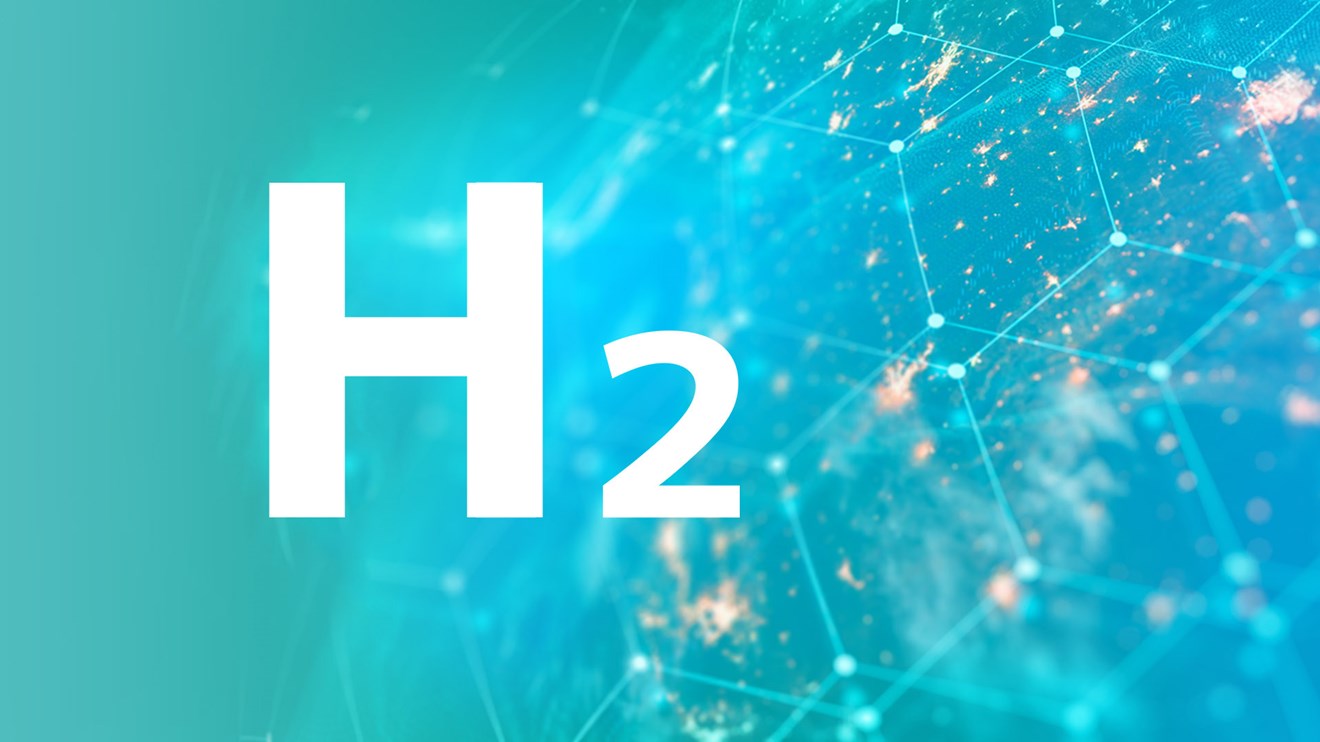The UK is in danger of missing its climate change targets if it doesn’t speed up electrification plans and introduce hydrogen railway infrastructure and trains, according to the latest analysis by Siemens Mobility.
Using data produced by the Office of Rail and Road (ORR)* and Network Rail**, Siemens Mobility has calculated that the current railway electrification proposals could take until 2060 and beyond to complete. This means leaving polluting diesel trains on the network for more than 10 years after the UK’s legislative Net Zero date.
As a result, the Government’s ambitious plans to reduce carbon emissions are under threat unless there is clear focus on decarbonising the railway as a full system.
To bridge this gap, Siemens Mobility is calling upon the Government to commit to electrifying a minimum of 300 miles (or 450 track kilometres) of the rail network every year until 2050, providing full or discontinuously electrified routes, to enable the introduction of new electric trains. To supplement this, new self-powered trains utilising alternative power sources, such as hydrogen or battery, must be introduced to help replace current ageing diesel and diesel bi-mode fleets.
Siemens Mobility has identified a number of major routes, currently operating diesel trains, for replacement and upgrade by 2030.
They include: the Cross Country line from Aberdeen to Penzance; the Chiltern line to Birmingham; the Norwich to Liverpool route and the Waterloo to Exeter route. Using a combination of new electric infrastructure and / or new Hydrogen trains on these routes would remove diesel fleets and support the Government’s plan to achieve 78% of its Net Zero obligations by 2035.
William Wilson, CEO of Siemens Mobility Limited said: “To meet our climate change targets we need to go further and faster to get dirty diesel trains off the UK rail network.
“Using modern, innovative electrification equipment and advanced hydrogen technology will do this more quickly. But it needs more than just a pledge and well-meaning words.
“So we’re calling on the Government to commit to an ambitious plan for Great British Railways to electrify at least 300 miles of track every year - starting now - and to bring in hydrogen and hydrogen-electric trains and associated infrastructure as soon as 2030.”
Electric trains emit, on average, 60%** less carbon per passenger mile than similar diesel-powered models. Where electrification is not a practical option initially, due to the remote nature of terrain, the time taken to convert the line, or prohibitive cost implications, there is a clear case for new hydrogen or hydrogen bi-mode trains to accelerate the ability to meet legislation. Retrofitting existing trains with hydrogen capability, rather than introducing dedicated hydrogen-powered trains, greatly reduces passenger capacity due to the space required for the equipment.
“There’s been much said about the short-range and low-speed of hydrogen trains,” added Wilson. “That’s simply incorrect. Our solutions can easily travel at 100mph+, have similar acceleration to an electric train and have up to a 600-mile hydrogen-only range.
“There’s also a lot of chatter about the need to offer hydrogen OR electric technologies. Again, that’s misleading. They can be used in tandem to offer a well-rounded solution to the transport challenges of today.
“What is absolutely clear is the need to act quickly. Our climate challenges are real and current, not something to be delayed or only partially-addressed.”
Last year Siemens Mobility and Siemens Energy signed a Memorandum of Understanding to develop and offer hydrogen systems for trains and enable complete solution delivery – from trains, to refuelling, to the supply chain – to drive the sector and pave the way for sustainable and climate-friendly mobility.
Sources: *ORR Rail Infrastructure and Assets report (251km of electrification delivered in 2019/2020); **Network Rail Traction Decarbonisation Network Strategy (13,000 single track kilometres of electrification required); ***RIA Electrification Cost Challenge Report.
Ends


